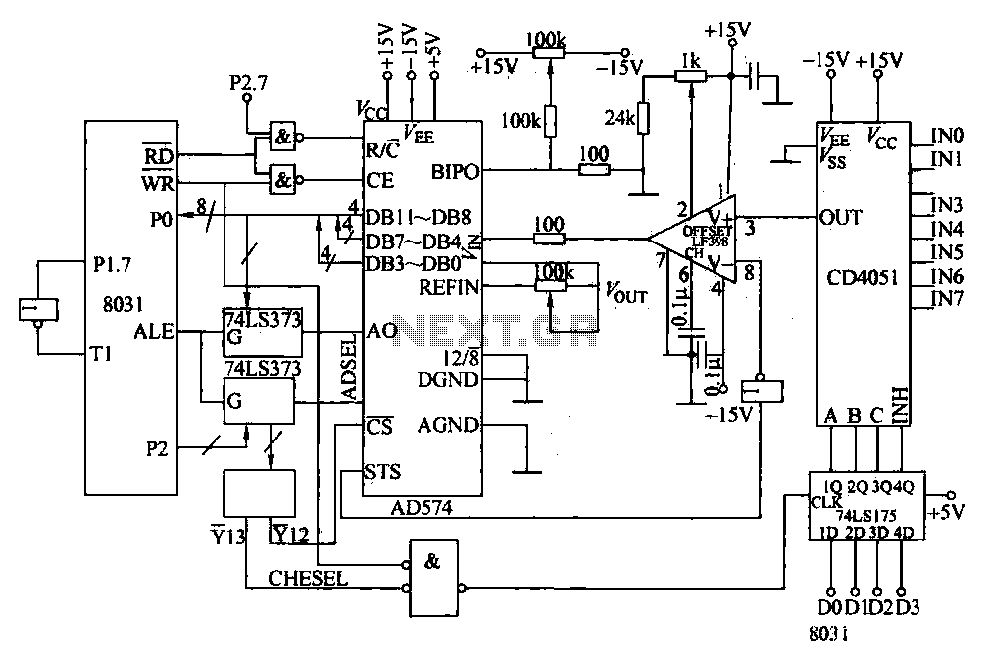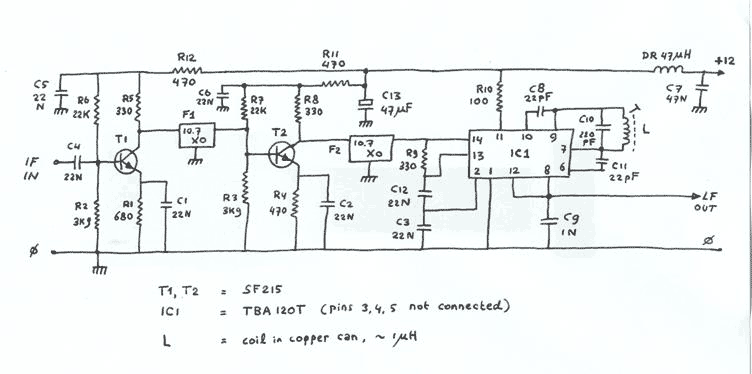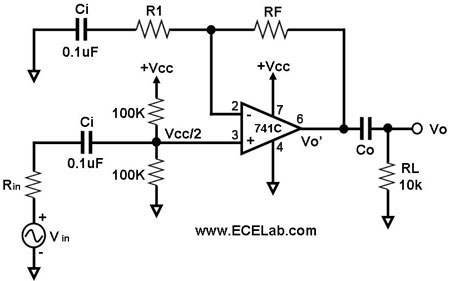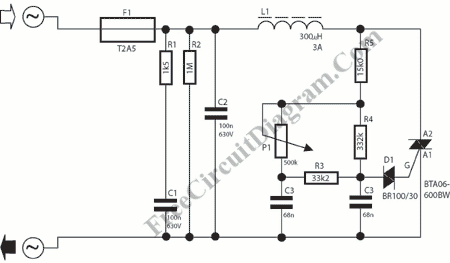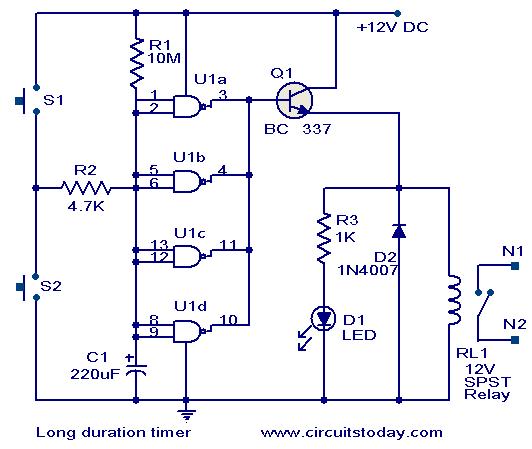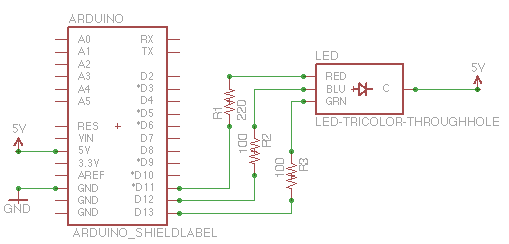
DC to DC Converter circuit

The circuit is a DC to DC converter utilizing a standard 12 VAC center-tapped power transformer configured as a blocking oscillator. Although the circuit exhibits low efficiency, it generates a high voltage suitable for low-power applications. The input battery voltage is amplified by a factor across the transformer and subsequently increased by a voltage tripler composed of three capacitors and diodes connected to the high-voltage side of the transformer.
The described circuit functions as a DC to DC converter by leveraging a center-tapped transformer, which allows for the conversion of a low voltage AC input (12 VAC) into a higher voltage output suitable for various applications. The blocking oscillator configuration is essential for generating a square wave signal, which drives the transformer. This method is characterized by its simplicity and cost-effectiveness, although it comes with a trade-off in efficiency.
The operation begins with the transformer, which has a primary winding connected to the AC power source and a secondary winding that is center-tapped. This configuration provides two equal voltage outputs, which can be utilized effectively in the circuit. The blocking oscillator's feedback mechanism ensures that the transformer is driven into saturation, allowing the circuit to oscillate and produce the necessary output voltage.
Upon reaching the high-voltage side of the transformer, the voltage is further increased using a voltage tripler circuit. This tripler consists of three capacitors and diodes arranged in a specific manner to rectify and store the voltage generated. The diodes ensure that current flows in the correct direction, while the capacitors charge during the positive half-cycle of the AC waveform and discharge during the negative half-cycle, effectively multiplying the output voltage.
The end result is a high-voltage DC output that can be utilized for low-power applications, such as powering small electronic devices or charging capacitive loads. While the circuit may not be the most efficient option available, its simplicity and low component count make it a viable choice for specific scenarios where high voltage is required without the need for high power. Proper design considerations must be taken into account, including component ratings and thermal management, to ensure reliable operation within the intended application.The circuit is a DC to DC converter using a standard 12 VAC center tapped power transformer wired as a blocking oscillator. The circuit is not very efficient but will produce a high voltage usable for low power applications. The input battery voltage is raised by a factor of across the transformer and further raised by a voltage tripler consisting of three capacitors and diodes connected to the high voltage side of the transformer..
🔗 External reference
The described circuit functions as a DC to DC converter by leveraging a center-tapped transformer, which allows for the conversion of a low voltage AC input (12 VAC) into a higher voltage output suitable for various applications. The blocking oscillator configuration is essential for generating a square wave signal, which drives the transformer. This method is characterized by its simplicity and cost-effectiveness, although it comes with a trade-off in efficiency.
The operation begins with the transformer, which has a primary winding connected to the AC power source and a secondary winding that is center-tapped. This configuration provides two equal voltage outputs, which can be utilized effectively in the circuit. The blocking oscillator's feedback mechanism ensures that the transformer is driven into saturation, allowing the circuit to oscillate and produce the necessary output voltage.
Upon reaching the high-voltage side of the transformer, the voltage is further increased using a voltage tripler circuit. This tripler consists of three capacitors and diodes arranged in a specific manner to rectify and store the voltage generated. The diodes ensure that current flows in the correct direction, while the capacitors charge during the positive half-cycle of the AC waveform and discharge during the negative half-cycle, effectively multiplying the output voltage.
The end result is a high-voltage DC output that can be utilized for low-power applications, such as powering small electronic devices or charging capacitive loads. While the circuit may not be the most efficient option available, its simplicity and low component count make it a viable choice for specific scenarios where high voltage is required without the need for high power. Proper design considerations must be taken into account, including component ratings and thermal management, to ensure reliable operation within the intended application.The circuit is a DC to DC converter using a standard 12 VAC center tapped power transformer wired as a blocking oscillator. The circuit is not very efficient but will produce a high voltage usable for low power applications. The input battery voltage is raised by a factor of across the transformer and further raised by a voltage tripler consisting of three capacitors and diodes connected to the high voltage side of the transformer..
🔗 External reference
